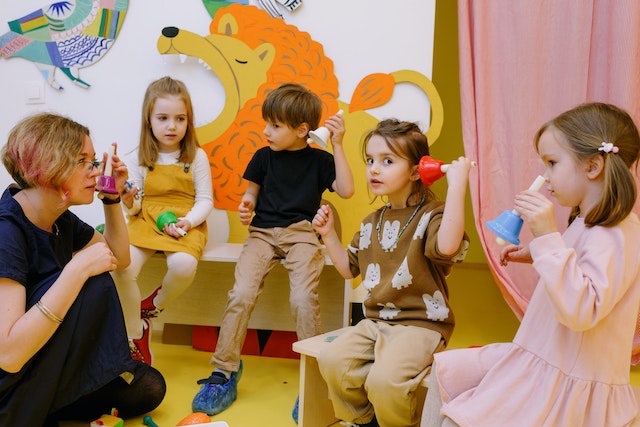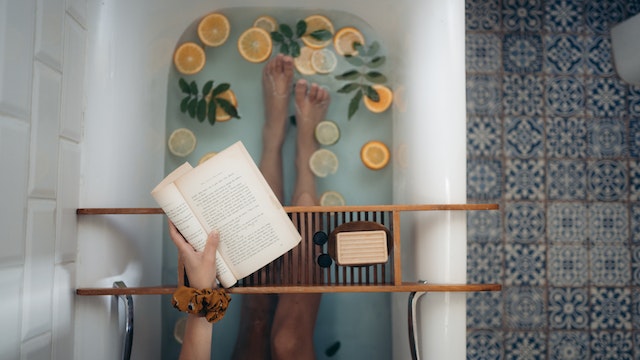
Winter is a wonderful time of year. It is a time when it gets cold, and you can cozy up in your safe, serene home. You may think that you can skip certain chores, or perhaps you decide it is appropriate to get some bits done around the house now you are spending your weekends at home, rather than at the beach.
While the Winter brings a sense of coziness into your home, it can also bring several problems to your household if you are not careful. To help you and your family stay safe, and have a good time over Winter, you should avoid these common mistakes.
#1 Not checking your energy equipment
Over the Summer periods, likely, you didn’t use much energy in your home. You spend most of your time outside, you can dry your washing in the sun, and the last thing you need to think about is putting the heating on. But come Winter, when the nights get colder, you may find it appropriate to turn on the heating. One mistake people make is not checking their energy equipment before Winter. Then they discover that there are problems, or they are broken. It is the busiest time of year for energy companies, which means you might be waiting longer than usual for support. You must check your equipment a few months before Winter comes, so you are prepared. If you do run into any problems, make sure you have the number of a 24 Hour Emergency Plumber you can contact for help.
#2 Keeping your curtains shut
Many people like to keep their blinds and curtains shut during the winter. While this may add to the cozy atmosphere of your lazy days on the sofa, it can cause you problems. If you keep them shut all the time, you will quickly find a build-up of dampness, mildew, and mold due to the condensation that is created while your home is warm, and the outside is cold. If you open your curtains and blinds, you will be able to reduce this build-up. You will also enable the sun to shine through, which is great for your mental health and can help you save money as it will heat your home for free.
#3 Not keeping the air clean
You probably don’t want to open your windows in the Winter. This will only make your home cold, and cost you a fortune in energy bills as you try to keep your home warm. However, if you make the mistake of taking no action, then you may find that the air in your home feels dry, and causes your skin to get dry and flakey, your throat will ache, your nasal passages will be more sensitive, and it may even damage furnishings and wood. If you don’t want to open your windows, you should consider an air humidifier to help you deal with this inevitable issue.
Make sure you don’t make these mistakes during Winter.
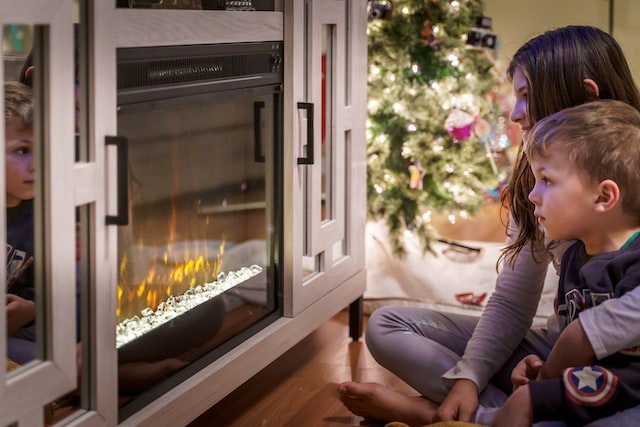
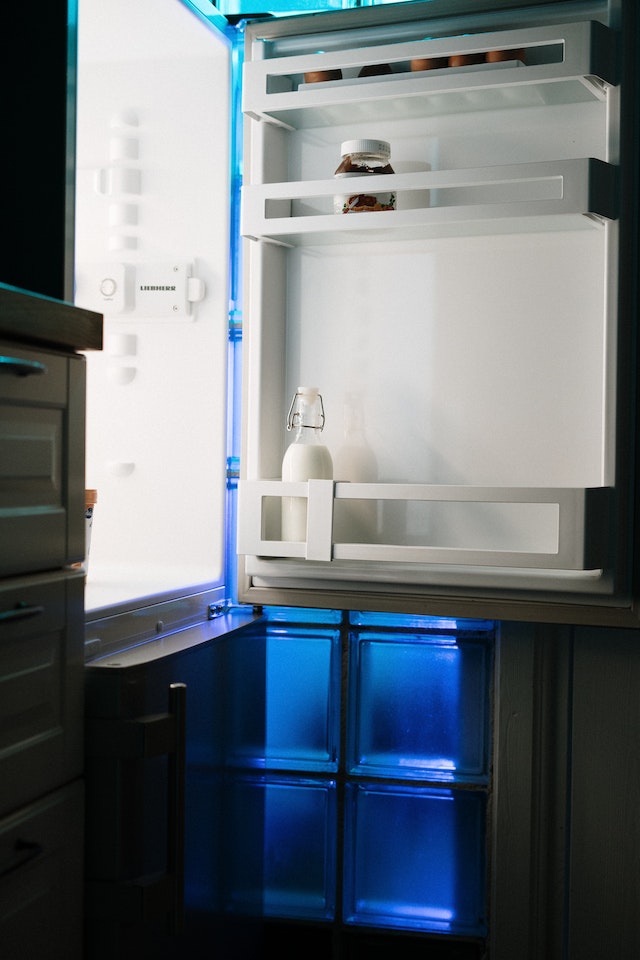
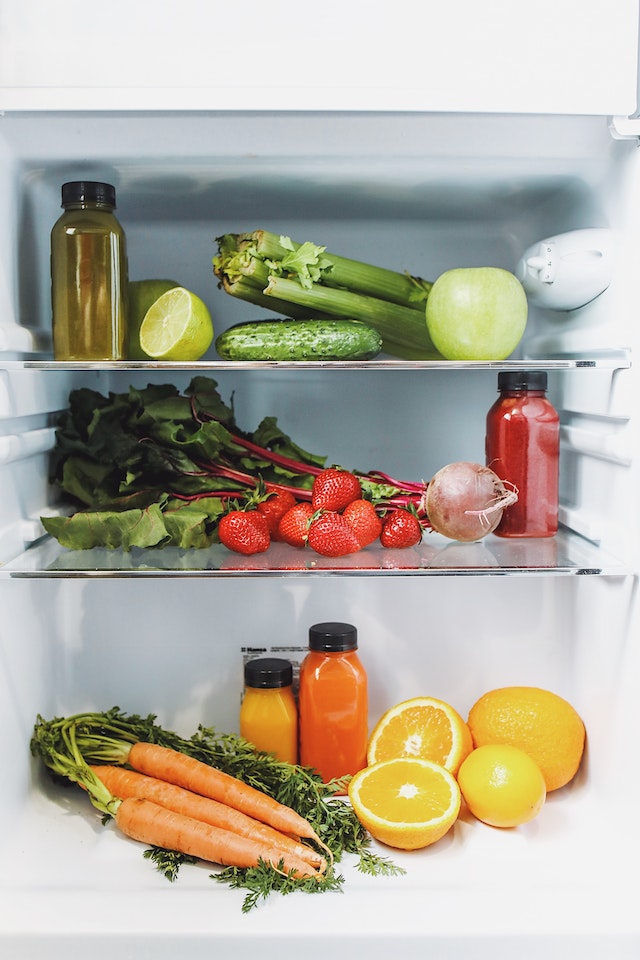


 For the Dinosaur Obsessed:
For the Dinosaur Obsessed:  For the Animal Lover:
For the Animal Lover:  For Fans of Rick Riordan’s Percy Jackson series:
For Fans of Rick Riordan’s Percy Jackson series:  For the Armchair Traveler:
For the Armchair Traveler: For Those Who Dream About What Tomorrow Might Look Like:
For Those Who Dream About What Tomorrow Might Look Like:  For the Screen-Obsessed:
For the Screen-Obsessed:  For the Littlest of Hands:
For the Littlest of Hands: 
